How To Clean Front Loader Washing Machine Rubber Seal: MaxiPad Hack

In this DIY post, I am going to show you how to clean a front loader washing machine’s rubber seal. But, I have a trick up my sleeve that is an absolute game changer … a sanitary pad.
Yes, this unexpected item is great for cleaning a washing machine’s seal because it prevents the formula from drying out and therefore allows it to work its magic.
Tools and Materials:
Hometalk may receive a small affiliate commission from purchases made via Amazon links in this article but at no cost to you.
1. Soak and Prepare
The first step is to take your sanitary pads and soak them in a formula. I prefer using bleach for its powerful cleaning properties.
2. Surface Cleanup
Before applying the pad, give your machine a quick spray-down with an antiviral and antibacterial cleaner. This helps remove as much surface gunk as possible, ensuring the cleaning process is even more effective.
3. Apply the Sanitary Pad
Now, take those bleach-soaked sanitary pads and place them strategically inside and over the door seal.
The pads not only apply the cleaning solution precisely but also prevent it from drying out too quickly. This ensures that the bleach has ample time to work.
This method also gives you better control, preventing the bleach from splashing inside the machine or on the surrounding surfaces.
4. Let It Sit
Leave the setup for the desired duration—I usually go for around 20 minutes.
For heavily moldy situations, consider using a specialized mold remover for optimal results.
5. Wipe and Rinse
Once the time is up, remove the pads, give the interior a good wipe, and dispose of the pads responsibly. Follow up with a wet microfiber cloth to thoroughly rinse the treated areas.
Leave the machine open to air-dry, ensuring a mold-free and pristine environment.
More Maxi Pad Hacks
How to Clean Front Loader Washing Machine Rubber Seal
There you have it, a surprisingly effective way to clean a washing machine’s rubber seal using a humble Maxi Pad.
If you've tried this method or have your own washing machine cleaning hacks, drop a comment below.
Enjoyed the project?
Comments
Join the conversation
-
How to clean your front load washer. When we think of washing machines, we think of clean, fresh-smelling clothes. Laundry is supposed to have a comforting aroma—one that’s so well-loved that there are even colognes designed to mimic its scent. But what do you do when your front-load washer, well... stinks? Before you resign yourself to a musty, mildewy, sour-scented existence, consider this: Your washer probably isn’t defective—it just needs some TLC. A few simple steps could help eliminate that stench forever. That’s right, my friends: It’s all smooth, fresh-smelling sailing from here on out. Grab your hampers, keep your heads high, and scrub stinky clothes from your life for good. Why your front-loader stinks I took an in-depth look at the relative performance of front- and top-load washers, and found that front-loaders are superior in virtually every way. That came as no surprise, since front-loaders are designed not only to be more efficient, but also to be gentler on clothes while cleaning them better. But it's that efficiency part that can cause some headaches when it comes to smell. See, high-efficiency front-loaders use a lot less water than their top-load counterparts, since they fill just the bottom of the wash tub with water. Since the drum rotates on a horizontal axis, your clothes tumble through the water, eliminating the need to fill the tub up all the way. That's all fine and dandy if you use high-efficiency detergents, but when you douse your laundry with the wrong kinds of soap and softeners, the smaller amount of water can’t fully rinse them away. The drum ends up getting coated with a layer of soap scum, which is itself peppered with debris and dirt from your clothing. In the heat and damp of your washer, this scum makes a happy home for mildew, bacteria, and mold. The stinky situation is compounded by the fact that front-load washers use a rubber door gasket to keep water from leaking out. Dirt, soap, and bits of fabric can get trapped under the gasket, creating yet another breeding ground for nasty smells. How to get rid of that smell 1. Bring out the baking soda. Your first inclination may be to reach for the bleach, but I prefer to use something a little gentler. I suggest mixing 1/4 cup of baking soda with an equivalent amount of water. Add this solution to your machine’s detergent container. 2. Bring out the vinegar. Pour two cups of white vinegar into the drum, then run a normal cycle at high heat—without any clothes, of course. The baking soda and vinegar should break up any residue stuck to your drum and kill any mold that might be present. They’ll also help remove any foul odors. 3. Scrub away any remaining grime. If stubborn spots remain, attack them with the rough side of a kitchen sponge and a mixture of one part white vinegar, one part water. Ta-dah, good as new! You can repeat this cleaning method once a month for maintenance if you’d like, or try some other odor prevention techniques. How to keep your front-loader fresh Your washer is finally free of nasty odors, and you want to keep it that way. But how? 1. Break up with your old detergent. If you own a front-loader, you should always use detergents made for high-efficiency machines. Normal detergents simply produce more suds than your front-loader can handle; less suds means less scum for stinky lifeforms to cling to. Liquid fabric softener is also off-limits for front-loading washing machines, so do yourself a favor and ditch it. 2. Keep the drum dry Once you’ve got the soap situation under control, it’s time to make sure the drum doesn’t stay damp for long periods of time. Always remove your laundry promptly after the cycle ends, and be sure to leave the door open when it’s not in use, so the moisture can escape. You can also run a fan in the room where your washer lives to improve airflow, and consider investing in a dehumidifier. Remember: You don't want bacteria or mold to feel at home here, and nothing invites bad smells quite like wet, stagnant heat. 3. Clean the gasket. Even with the correct detergent and anti-humidity efforts, there's no guarantee your washer drum won't develop some mold-friendly buildup. The rubber seal around the doors is especially problematic, so you should regularly remove any debris you see trapped in the gasket and wipe it down with a cleaning solution made of one part white vinegar and one part water. Finally, be sure to dispose of any lint that may have accumulated in your machine’s drain trap filter. Once a week should do the trick.
 William
on Dec 27, 2023
William
on Dec 27, 2023
-





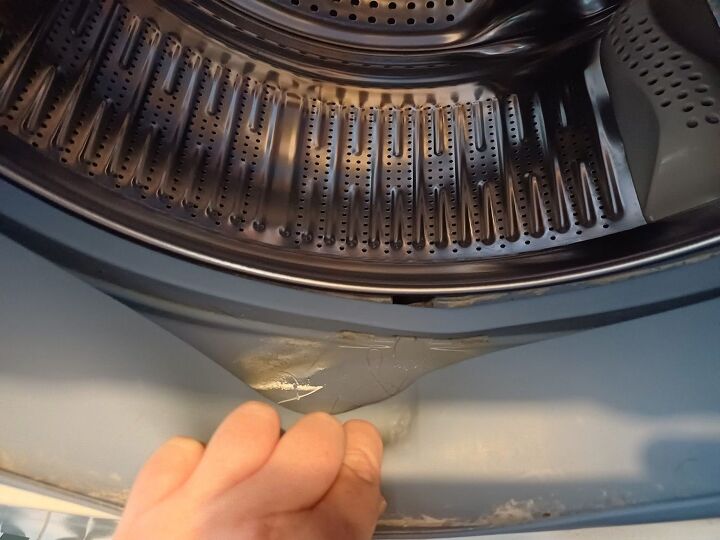




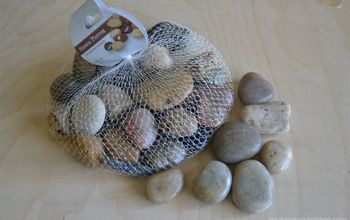




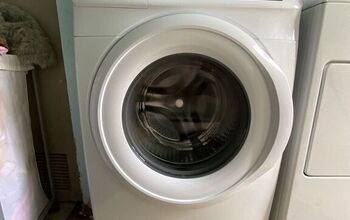
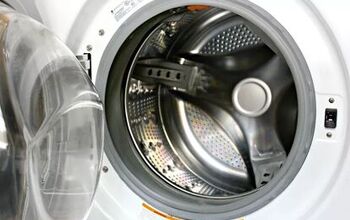




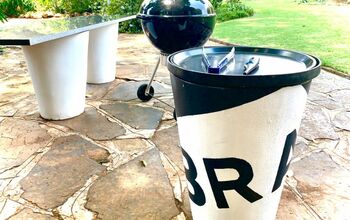
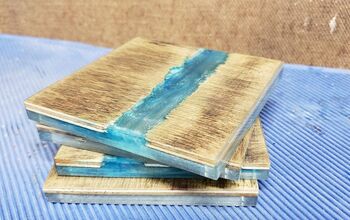

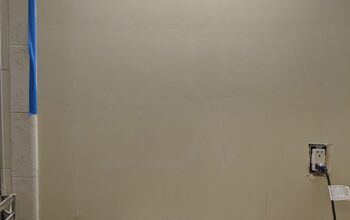

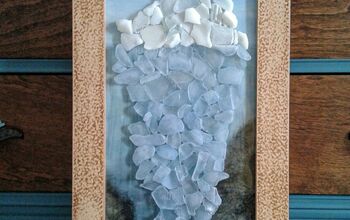





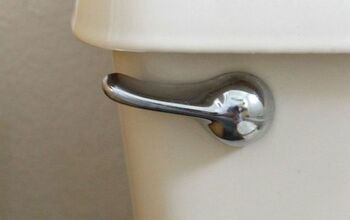
Frequently asked questions
Have a question about this project?